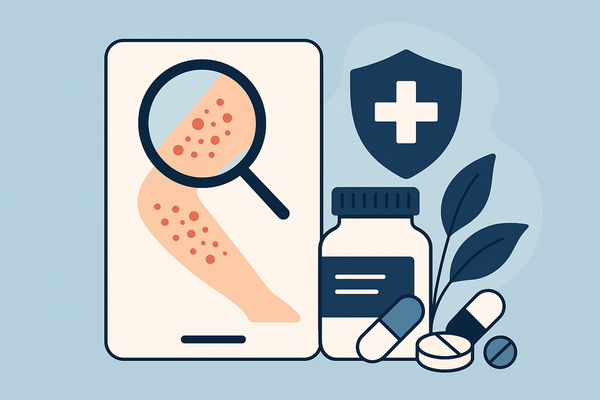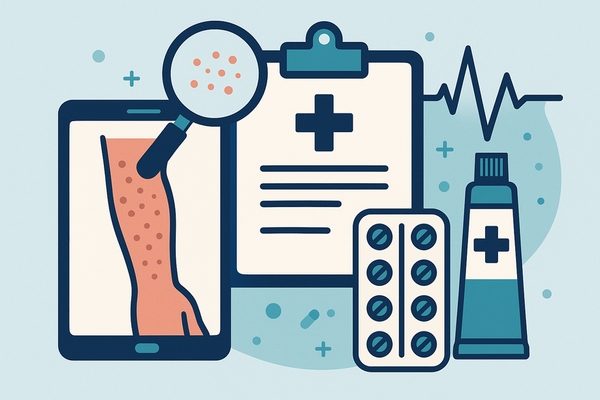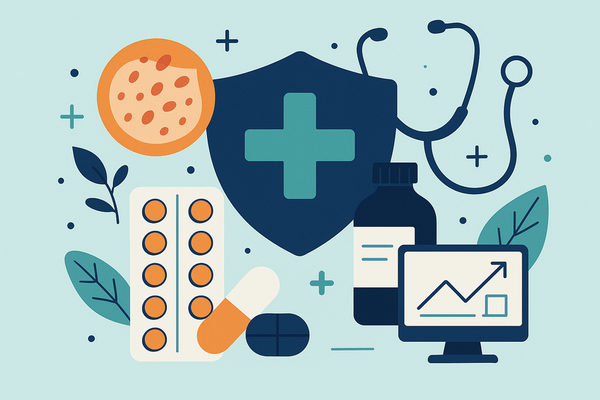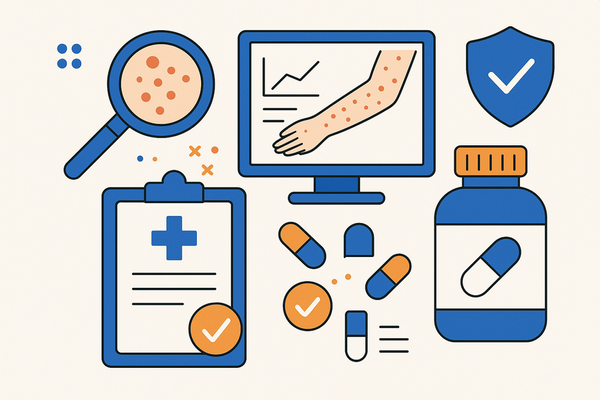Medication Rash Treatment: Identifying, Managing, and Preventing Drug-Induced Skin Reactions
Learn effective medication rash treatment strategies to identify, manage, and prevent drug-induced skin reactions for better skin health.
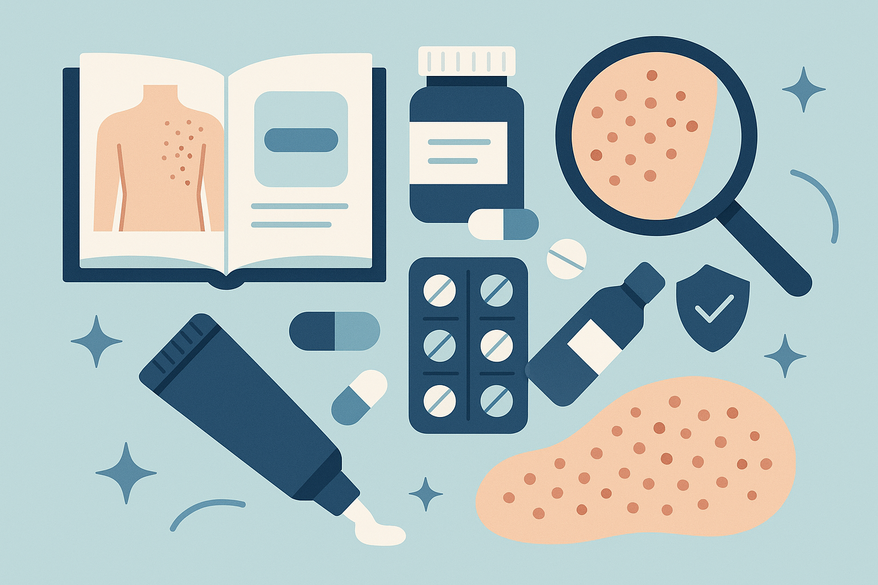
Estimated reading time: 7 minutes
Key Takeaways
- Root Cause: Medication rashes are immune reactions that can range from mild to life-threatening.
- Early Recognition: Identifying rash type and onset timeline is crucial to prevent severe complications.
- Immediate Care: Discontinue the suspect drug, use home remedies for mild cases, and seek urgent help for severe signs.
- Prevention: Discuss risks before starting high-risk drugs and monitor skin changes in the first two weeks.
Table of Contents
- Understanding Medication-Induced Rashes
- Identifying the Rash
- Managing and Treating a Medication Rash
- Prevention and Monitoring
- Conclusion
Understanding Medication-Induced Rashes
A medication rash reflects an abnormal immune response called a cutaneous drug reaction. The body’s defense network mistakes a medicine or its byproducts as harmful, releasing chemicals like histamine and cytokines that inflame the skin.
Common rash types in drug reactions:
- Exanthematous (maculopapular) rash – Flat and raised red patches, often widespread; represents about 90% of drug rashes.
- Urticaria (hives) – Raised, itchy red or pink welts appearing minutes to hours after exposure.
- Fixed drug eruption – Round red or violet patches that recur at the same spot; may blister or leave dark pigmentation.
- Severe reactions (SJS/TEN, DRESS) – Skin peeling, mucous membrane involvement, fever, and organ symptoms; require urgent hospitalization.
High-risk medications include antibiotics (penicillins, sulfonamides), NSAIDs (ibuprofen, naproxen), anti-seizure drugs (carbamazepine, phenytoin), blood thinners, diuretics, and certain corticosteroids.
For a quick, preliminary analysis of your drug-related rash, consider using Skin Rash App, which leverages AI to deliver instant insights in seconds.
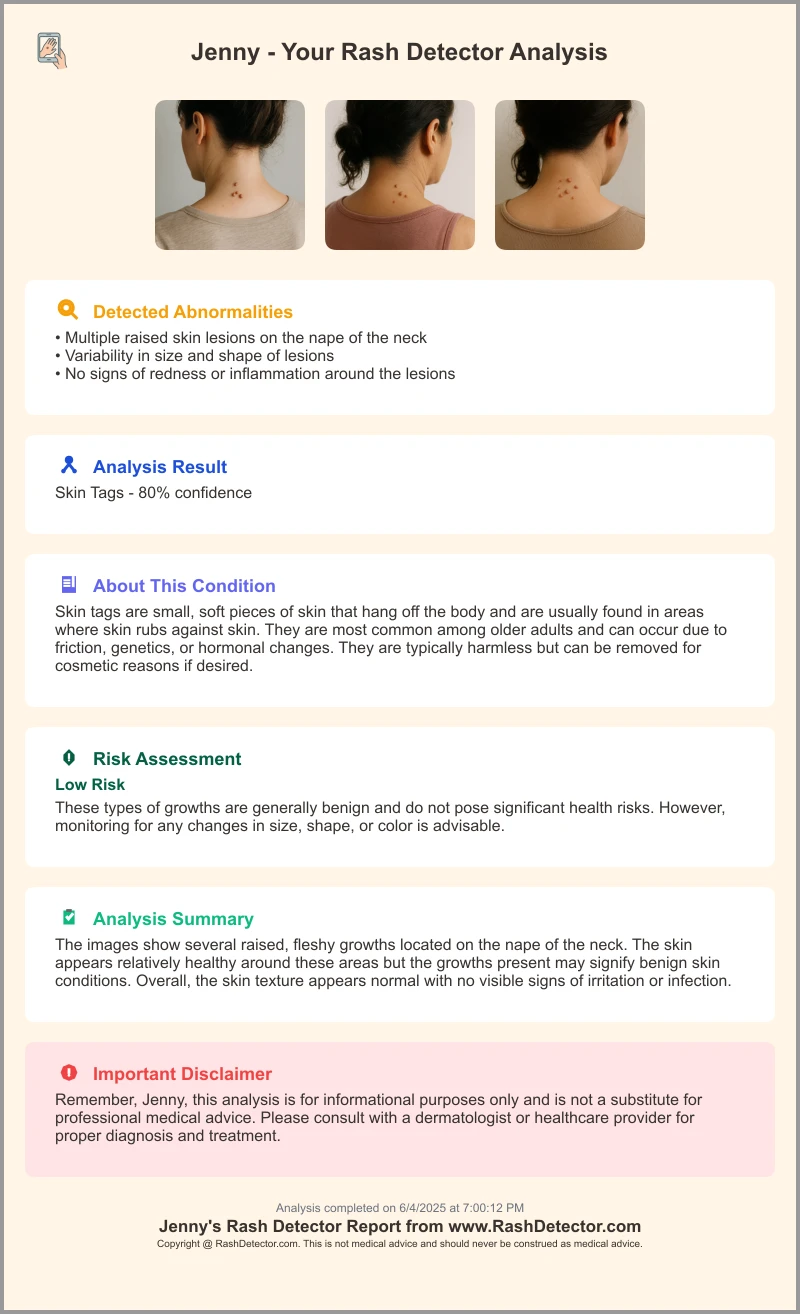
Identifying the Rash
Drug-induced rashes can mimic other skin conditions. Early and accurate identification saves time and reduces risk.
Signs & symptoms
- Redness or erythema
- Itching or pruritus
- Swelling or edema
- Flat (macules) or bumpy (papules) patches
- Blistering or vesicles
- Peeling or desquamation in severe cases
- Purple discoloration in Stevens-Johnson syndrome
Onset timeline
- Immediate reactions (hives): minutes to hours after dose.
- Delayed reactions (maculopapular): 4–14 days after starting the drug.
Differential diagnosis
- Viral exanthems often accompany fever or respiratory symptoms but lack a direct link to medication.
- Eczema and contact dermatitis depend on environmental triggers, not drugs.
- Correlate rash onset with new or increased drug doses to pinpoint a medication rash.
For more on recognizing drug-induced eruptions, see recognizing drug-induced eruptions.
Managing and Treating a Medication Rash
When a drug rash appears, rapid action can limit severity and complications.
Immediate actions:
1. Discontinue the suspect drug after consulting your prescriber.
2. Document rash onset, location, progression, and any systemic signs (fever, joint pain, breathing difficulty).
Home remedies for mild rashes:
- Oral antihistamines (diphenhydramine, cetirizine) to reduce itching and hives.
- Topical corticosteroids (1% hydrocortisone) for localized inflammation.
- Cool compresses, oatmeal baths, and fragrance-free cleansers to soothe skin.
When to seek medical attention:
- Extensive blistering or skin detachment (concern for SJS/TEN).
- Swelling of lips, tongue, or eyes; difficulty breathing (signs of anaphylaxis).
- Fever, joint pain, rapid heart rate, or organ involvement (possible DRESS).
Professional treatments:
- Oral systemic steroids (prednisone taper) to control severe inflammation.
- Hospitalization for supportive care in SJS/TEN or DRESS, including IV fluids, wound care, and pain management.
- Under physician guidance, switch to an alternative medication class if the culprit drug is essential.
Detailed management strategies are covered in management strategies.
Prevention and Monitoring
Proactive strategies can reduce the risk of future drug rashes.
Pre-treatment planning:
- Discuss drug-specific rash risks with your prescriber before starting therapy.
- Establish a monitoring schedule, especially during the first two weeks of high-risk medications.
Daily self-checks:
- Inspect your skin each day for new redness, bumps, or itching.
- Record your observations in a journal or app to track changes.
Medical alert strategies:
- Carry an allergy card or maintain digital health records listing known drug reactions.
- Inform all healthcare providers—dentists, specialists, pharmacists—about your drug allergies.
Consultation:
- Consider a dermatology consult for chronic conditions or children starting high-risk drugs.
- A skin biopsy or patch test may help clarify unclear reactions.
See trigger-identification tips at trigger-identification guide.
Conclusion
Successful medication rash treatment hinges on:
- Recognizing rash types and their timelines.
- Acting promptly to stop the offending drug and document symptoms.
- Seeking urgent care for severe signs like blistering or airway compromise.
- Adopting preventive monitoring and communicating drug sensitivities with healthcare providers.
Collaboration with healthcare professionals is key for accurate diagnosis, therapeutic adjustments, and emergency management. We invite you to share your experiences or questions in the comments below.
FAQ
- How soon do drug rashes appear?
Rashes can appear within minutes to hours for hives or 4–14 days for delayed maculopapular reactions. - Can I treat a medication rash at home?
Mild rashes often respond to antihistamines, topical steroids, and soothing baths. Severe or spreading rashes require medical attention. - When should I seek emergency care?
Seek help for blistering, mucosal involvement, breathing difficulty, or systemic symptoms like fever and organ pain. - How can I prevent future drug rashes?
Discuss risks before starting new drugs, monitor skin daily during high-risk therapy, and carry allergy information. - Are patch tests useful?
Yes, patch tests or biopsies can help clarify unclear reactions under specialist guidance.


